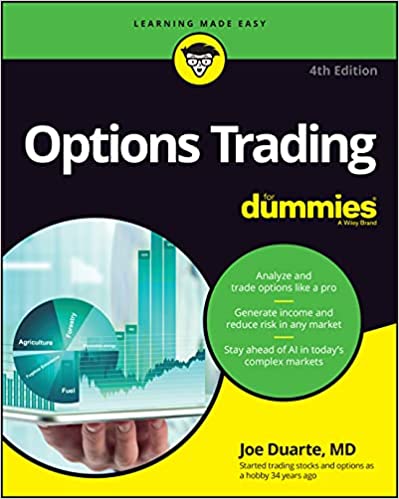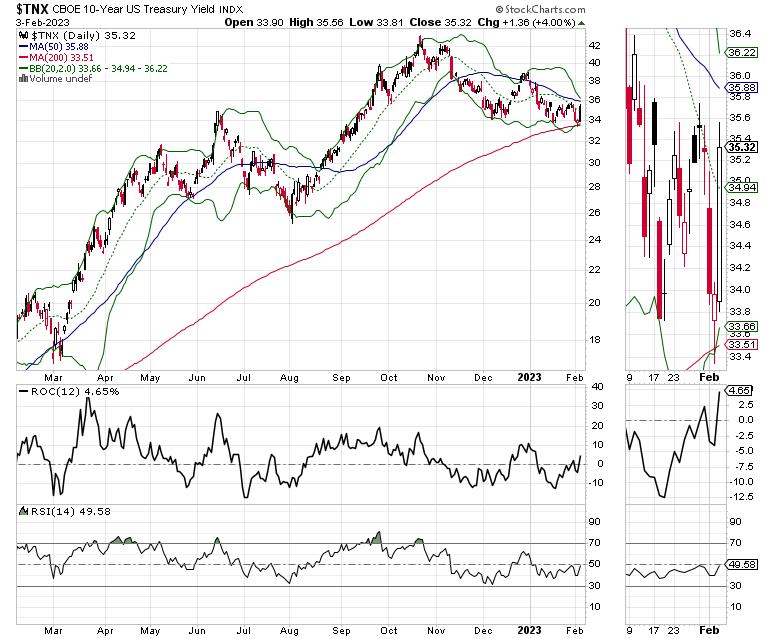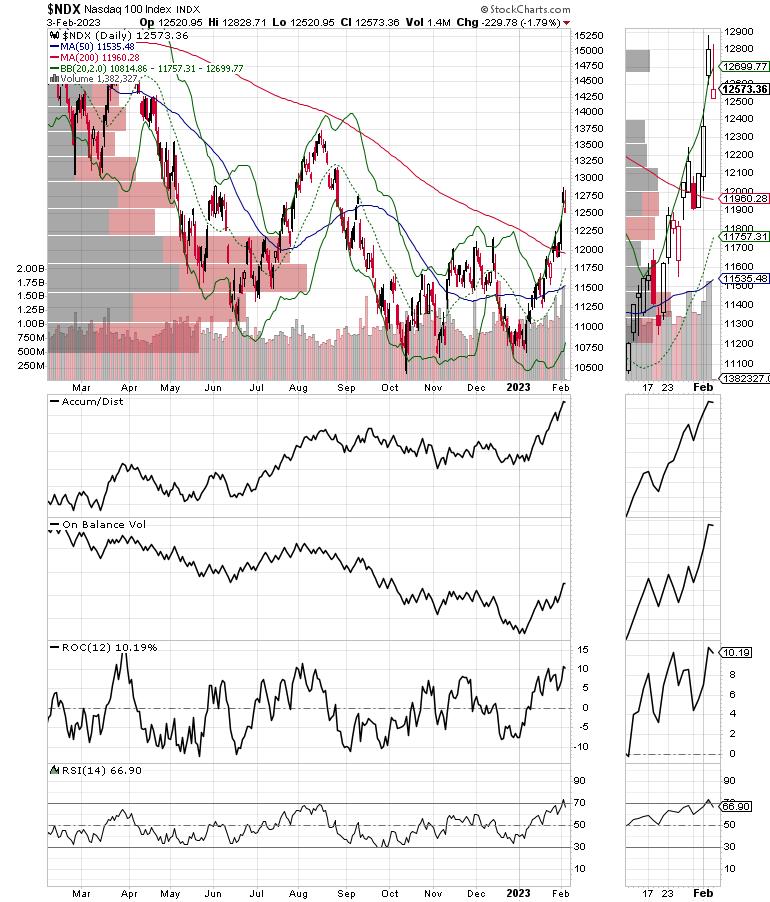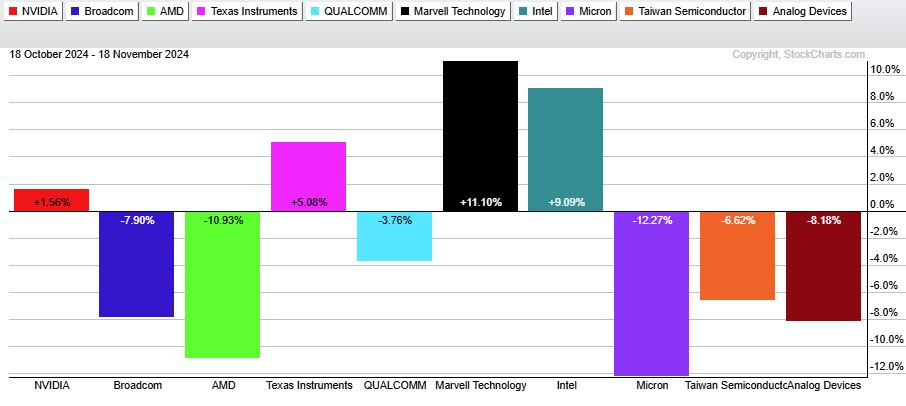There are loud voices on Wall Street that continue to speak of bear markets. In my opinion that’s a good thing. That’s because bull markets scale worry walls. And the higher this rally goes, the more the bears seem to be growling.
So are we in a new bull market? Much depends on what happens after the dust settles on the jobs numbers. If the dip buyers come back strong, the uptrend will resume.
inventory
The S&P 500 (SPX) is up about 19% since the October bottom, near 3500, and is currently trading above its 200-day moving average. This means that if SPX closes anywhere above 4200, it meets the definition of a bull market. For now, even after the jobs report pulls out, we remain in an uptrend.
Doubters about the recent uptrend received another wake-up call when the Fed hiked rates as expected and Fed Chair Powell sounded as pragmatic as possible in his press conference. As a result, the market recovered. The market sold off again on Friday as the jobs report surprised those expecting signs of a slowdown on the jobs front. However, at the end of the day, no technical damage was done to the market; at least not yet.
Of course, there are many reasons to worry about the future. First and foremost, Ukraine has everything that comes next. Closer to home we have the Fed. And while the Fed may slow the pace of its rate hikes, Mr. Powell is unlikely to stop raising rates in the first half of the year. Still, private surveys such as PMI, ISM, consumer confidence, builder sentiment, falling home prices, layoff announcements and similar data continue to suggest the economy is slowing.
The difference between government reports and private market data doesn’t add up with certainty. In fact, there are some analysts who suggest that the The BLS numbers are statistically too muddled to be taken at face value. In fact, a last report by the Philadelphia Federal Reserve cast serious doubts on the BLS numbers.
Bull markets are for dip buyers
As news rips through the market, it’s important to focus on the overall sentiment of each market trend. For example, bear markets are unforgiving. Bad news is bad news. And good news is bad news. Rallys are often powerful, but fizzle out quickly. And the longer they last, the more disillusioned investors become.
Bull markets seem to find the silver lining no matter what the news. Take the US Federal Reserve’s recent rate hike, for example, which led to a rally. The bright spot was that the Fed hiked rates by 25 basis points instead of 50 or 75 basis points. Additionally, bull markets are fueled by naysayers. Bearish analysts are banging the table and regularly calling for the rally to end. Nevertheless, it keeps getting higher.
But perhaps the most salient feature of a bull market is the constant dip-buy behavior of investors. This is the mirror image of what you see in a bear market, where every rally is sold and new lows occur regularly. So the next test of this uptrend is whether the dip buyers will reappear after the jobs reports pull back.
Trade what you see, but don’t trust the market
Since we are in an uptrend and perhaps in the early stages of a bull market, it pays to focus on what the price charts are saying and how markets are reacting to news.
The bond market is torn by the idea that the Fed will cause a recession by raising interest rates too much. This is why yields have fallen since October. At the same time, bond traders are unsure what the robust BLS jobs report means for the economy and what the Fed will do in response.
The 3.5% yield for the US 10-year bond (TNX) currently appears to be a good floor for bond yields. Therefore, what happens at this chart point is very important. If yields fall below this level, it will likely reflect very credible economic data – either on the inflation front or on the employment front – that the economy is becoming increasingly weak. An even more important point is the 50-day moving average. A move above that would be a very negative sign for TNX.

On the other hand, certain parts of the technology sector are rising despite poor earnings from Amazon (AMZN), Alphabet (GOOGL) and recently Microsoft (MSFT). Strength has come from the semiconductor sector and companies like Apple (AAPL) have managed to convince traders that the worst may be over.

Bottom line, focusing on what’s working while keeping an eye on how markets react to news is probably the best strategy for the rest of 2023.
I have many picks that work in the current market; Try them out with a free trial Here.
Uptrend remains intact: NYAD, SPX and NDX are all holding above the 200-day moving average
The Nasdaq 100 Index (NDX) has been moving too fast and has outdone itself over the past few days. On 2/3/23 it closed above the upper Bollinger Band, which is usually a sign that a reversal or consolidation is due. A return towards the 200-day moving average and the 12,000 may not be out of the question. A break below the 200-day moving average would be very negative. At the moment we are seeing normal technical behavior.
On the bullish side, note the increase in On Balance Volume (OBV) as Accumulation Distribution (ADI) accelerates. This combination of indicators shows an increase in short sellers getting out (ADI) and buyers coming in (OBV).
The New York Stock Exchange Advance Decline Line (NYAD) reversed its recent uptrend at the same resistance level where it reversed in August 2022. The main difference is that this reversal occurred above the 200-day moving average. A return to the 20-day moving average would not be unexpected here.

Meanwhile, the CBOE Volatility Index (VIX) is little moving, which is a bullish sign. The index continues to make new lows, which is also bullish. When the VIX rises, stocks tend to fall as put volume increases, giving us a sign that market makers are selling stock index futures to hedge their put sales to the public. A decline in the VIX is bullish as it means fewer put option purchases and eventually leads to call purchases, prompting market makers to hedge by buying stock index futures, increasing the chances of higher stock prices.
Get all the details on why my favorite indicator, the NYAD, is bullish in the market Here.
Liquidity, the lifeblood of the market, remains flat, which is better than falling as the Eurodollar Index (XED) has been trending sideways to slightly higher for the past few weeks. Note that the market’s recent rally off the October bottom corresponded to this flattening out in liquidity. Notice how XED’s continuous decline matched the 2022 bear trend.

The S&P 500 (SPX) stayed above 4100, having now moved fairly decisively above its 20-, 50- and 200-day moving averages. A move above 4200 would mean a 20% move from the October 2022 low.
As with NDX, the combination Accumulation/Distribution (ADI) On Balance Volume (OBV) suggests that money is continuing to flow into stocks.
For the most up-to-date information on options trading, visit here Options trading for dummies, now in its 4th edition – Get your copy now! Now also available as an Audible audiobook!
 #1 New Release in Options Trading!
#1 New Release in Options Trading!
Good news! I created my NYAD complexity chaos diagram (on my YD5 Videos) and a few other favorites public. You can find them Here.
Joe Duarte
In the money options
Joe Duarte is a former money manager, an active trader and a widely recognized independent stock market analyst since 1987. He is the author of eight investment books, including the bestseller Trading options for dummiesrated a TOP option book for 2018 from Benzinga.com and now in its third edition, plus The book “Invest everything in the 20s and 30s”. and six other trading books.
The book “Invest everything in the 20s and 30s”. is available at Amazon And Barnes and Noble. It was also recommended as Washington Post Color of Money Book of the Month.
For Joe’s exclusive stock, option and ETF recommendations, visit your mailbox each week https://joeduarteinthemoneyoptions.com/secure/order_email.asp.

Joe Duarte is a former money manager, active trader and widely respected independent stock market analyst dating back to 1987. His books include Best Selling Trading Options for Dummies, A TOP Options Book for 2018, 2019 and 2020 from Benzinga.com, Trading Review.Net 2020 and Market Timing for Dummies. His most recent bestseller, The Everything Investing Guide in your 20s & 30s, was named Color of Money Book of the Month by The Washington Post. To have Joe’s exclusive stock, options and ETF recommendations delivered to your inbox each week, visit the Joe Duarte In The Money Options website.
Learn more






